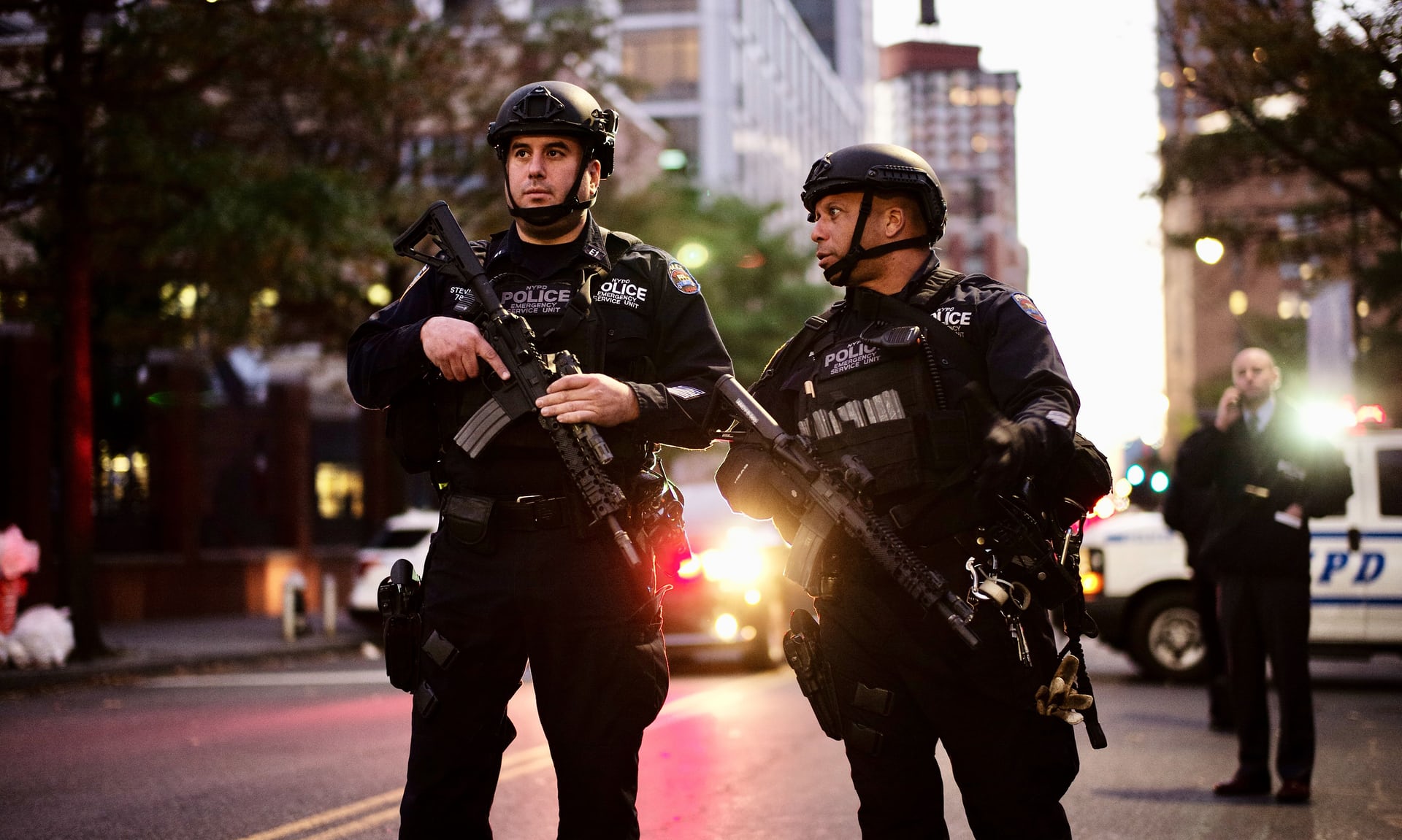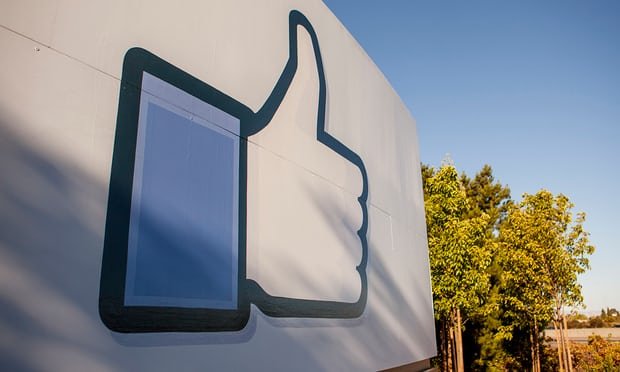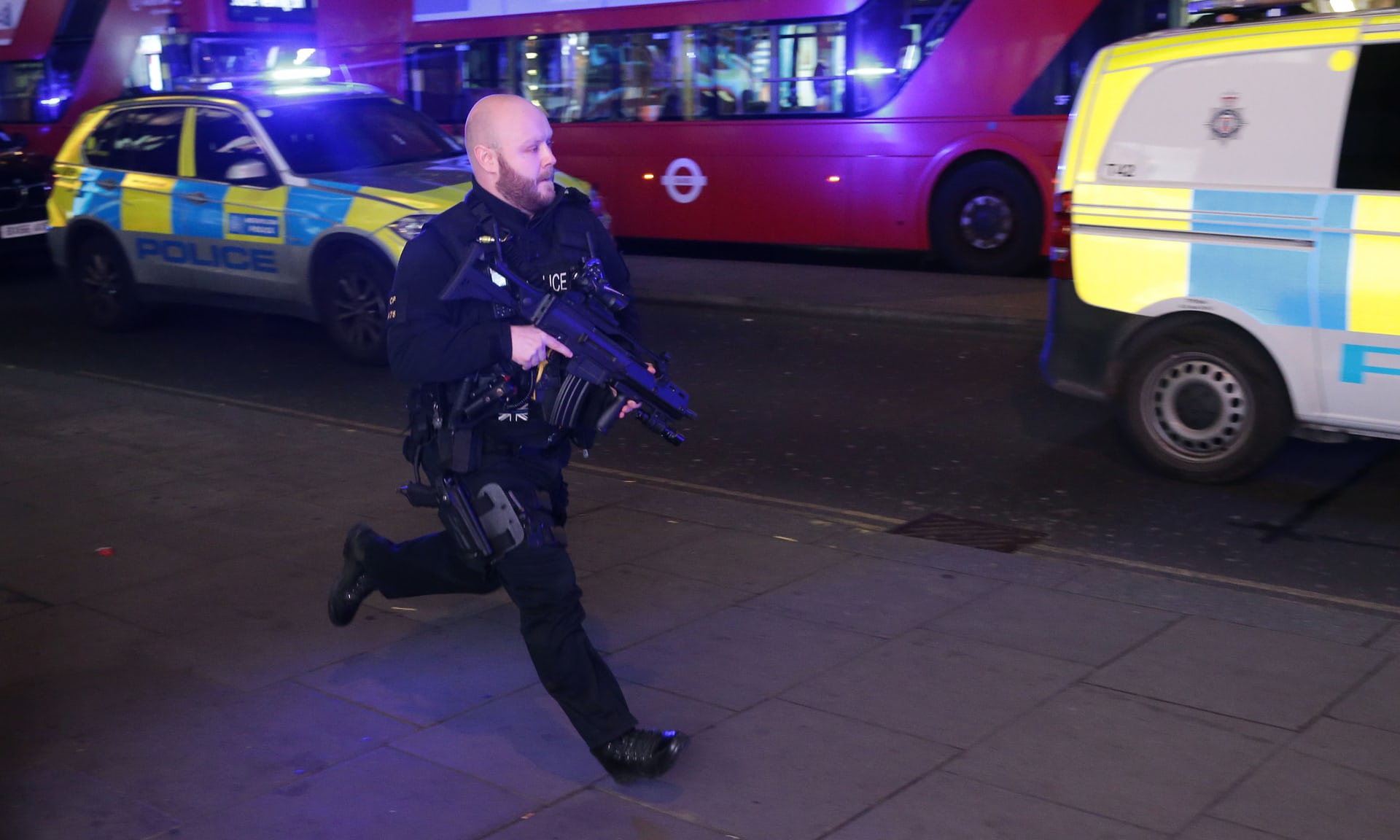Safety Check: is Facebook becoming fear’s administrator-in-chief?

You know the drill by now: a terrorist atrocity or catastrophe occurs in your home town, and no sooner have you seen the news than you receive a Facebooknotification that one of your friends has marked themselves safe, or that another is asking you to do so.
This was my experience during the attack in Westminster in March, with friends as far away as Canada asking me to declare myself “safe”. Clicking on Facebook’s nagging notification revealed 31 of my friends were apparently out of danger, but a further 249 were “not marked as safe”.
Since it was first launched in 2014, Safety Check has become an increasingly important part of the way Facebook would like to see itself: as the big benign blue entity that wants to protect you, its citizen.
But Safety Check has proven controversial. It was turned on for the Manhattan truck attack that killed eight on Halloween. Although terrible, the scale of the danger was similar to the one in Westminster, leading New Yorkers to question whether the functionality should even have been turned on.
Where, in the west, Facebook has been criticised for using the function unnecessarily, a large number of Iranians criticised the social network for not activating the feature quickly enough, after more than 400 died during the Iran-Iraq earthquake in November. Facebook says it did activate Safety Check following the earthquake on 12 November, but the site was blocked by the Iranian government – although users can find a way around this for day-to-day activity.
Facebook as guardian of safety!

Safety Check forms part of Facebook’s grand plan to make users feel “more safe”. And like most things concerning the social network, its primary solution appears to be “more Facebook”. The onus is always on the user to share more, engage more – all the while feeding Facebook’s appetite for data.
The cumulative effect of Facebook as guardian of our safety is that the world outside appears more and more frightening.
“What happens is, it sets a default position in the sense that you are not safe unless you are seen to be safe,” says Dr Aaron Balick, a psychotherapist and author of The Psychodynamics of Social Networking. “I would prefer the other default position: that you are safe until you let somebody know that you are not.”
Fear and panic are contagious during suspected terror attacks, and in social media and smartphones we have means of spreading these feelings faster than at any other point in history.
“When [a reaction on social media] is set off, it is the algorithmic version of the Mexican wave you get in football stadiums. And that’s exactly what you don’t want: the spreading of panic, chaos and fear, particularly when something is localised,” Balick says.
“You saw this happen in the Oxford Street incident in November. Suddenly, Twitter is erupting with people spreading emotional contagion, when there was no event. I don’t think it’s a conscious thing, but people want to be part of the action, in a sense – sharing the excitement of it.”
Notably, Facebook did not switch on Safety Check for the Oxford Street panic. Despite the event being partly triggered by the activity of its users, the company says it won’t turn on Safety Check unless an incident is verified by “global crisis reporting agencies” NC4 and iJET. This suggests that some kind of intervention by a social network as popular as Facebook could be useful, at least in verifying the validity of disasters. Which in turn raises the question: isn’t that what news is for?
Administration of fear

The French theorist Paul Virilio named the state of being that tech-led eventualities such as Safety Check bring with them “the administration of fear”. In 2012, he wrote: “How can we not see that fear has been administered, in the strict meaning of the term, by instant interactivity, in particular in the functions that relate to real-time communications?”
Although Facebook says the goal of Safety Check is to “ensure people feel safe and connected during a crisis, not to cause panic or false alarm”, in pandering to our engagement at times of panic, it is quickly becoming fear’s administrator-in-chief.
“Facebook should be asking itself what it is out there to do,” says Balick. “Presumably it’s out there to be a social network. We now have situations in cities where [local authorities] can send out text messages to people’s mobile phones to let them know that there is a dangerous situation going on, which is a job for the civil engineers and authorities who understand that stuff and who can localise that stuff.”
Even if Facebook did want to put the genie back in the bottle, it might be too late. Many people simply expect to be able to mark themselves as safe in moments of crisis. And while the social network has attracted criticism for its blanket approach, the function has been received warmly by some in parts of the developing world: when Nigerians experienced Safety Check for the first time after a Boko Haram attack in 2015, many saw it as a “sign of respect”.
Perhaps Facebook’s best chance of becoming a trusted protector is to show greater prudence about switching on the function in the first place – and to figure out what might benefit society, instead of simply hankering after our every engagement.
As Balick puts it: “The danger is that Facebook becomes responsive to human wants rather than to what is good for us.”
good one
amazing article :) awesome and informative.
good one, i love technology news
follow me and upvote me
like for real
Good step from Facebook book.
Good feature for facebook users
informative and amazing artical
How Facebook done it?
good step